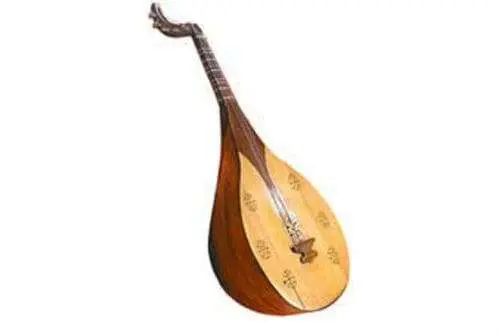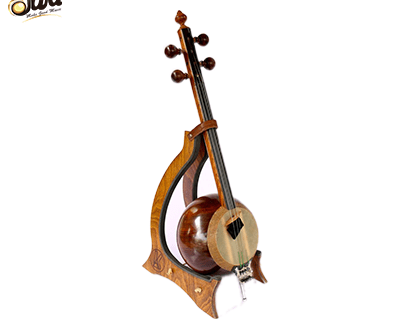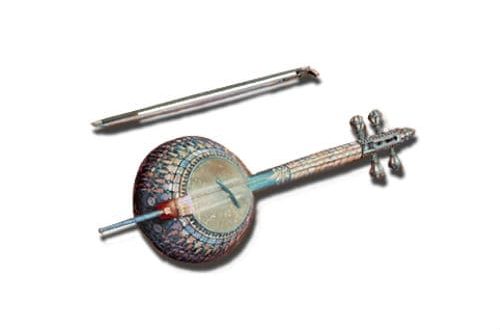
Barbet: instrument description, structure, history, sound
Today, stringed instruments are gaining popularity again. And if earlier the choice was limited to the guitar, balalaika and domra, now there is a wide demand for their old versions, for example, barbat or barbet.
History
The barbat belongs to the category of strings, the way of playing it is plucked. Popular in the Middle East, India or Saudi Arabia is considered its homeland. Data on the place of occurrence differ. The oldest image dates back to the second millennium BC, it was left by the ancient Sumerians.

In the XII century, the barbet came to Christian Europe, its name and structure changed somewhat. Frets appeared on the instrument, which did not exist before, and they began to call it a lute.
Today, the barbet is widespread in the Arab countries, Armenia, Georgia, Turkey and Greece and is of interest to ethnographers.
Structure
The barbate consists of a body, a head and a neck. Ten strings, no fret division. The material used is wood, mainly pine, spruce, walnut, mahogany. The strings are made from silk, sometimes they are also made from guts. In ancient times, these were sheep intestines, previously soaked in wine and dried.
sounding
Music is extracted by plucking the strings. Sometimes a special device called a plectrum is used for this. This Armenian instrument has a specific sound with oriental flavor.





